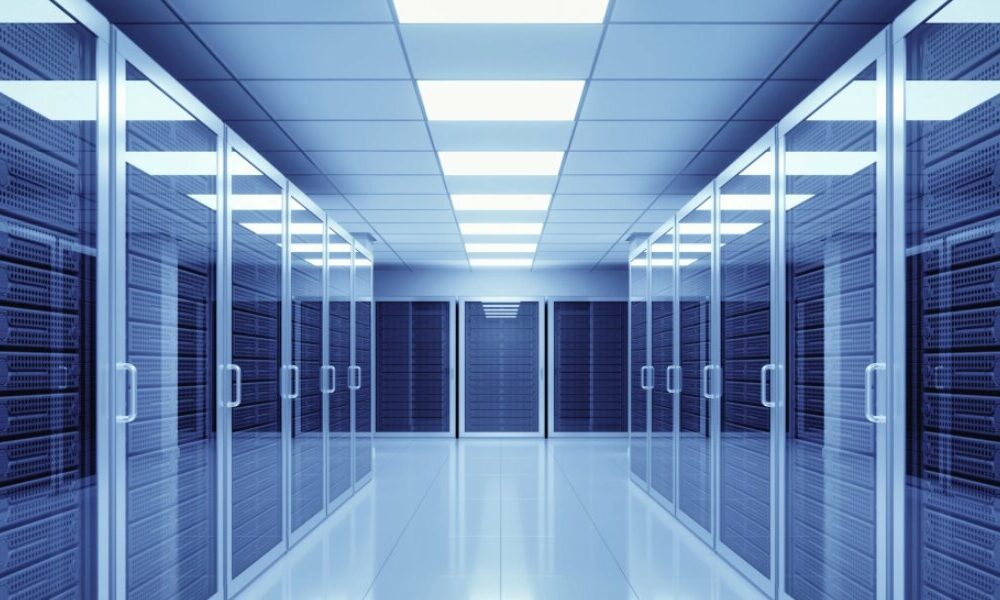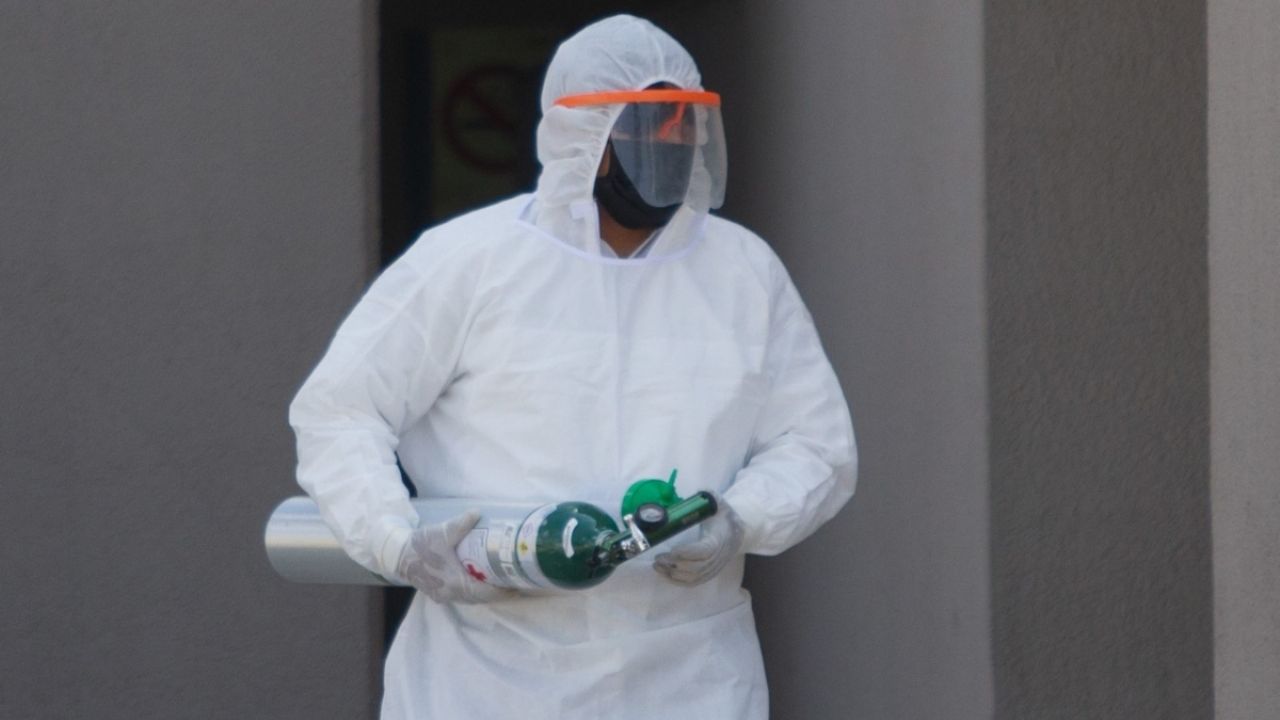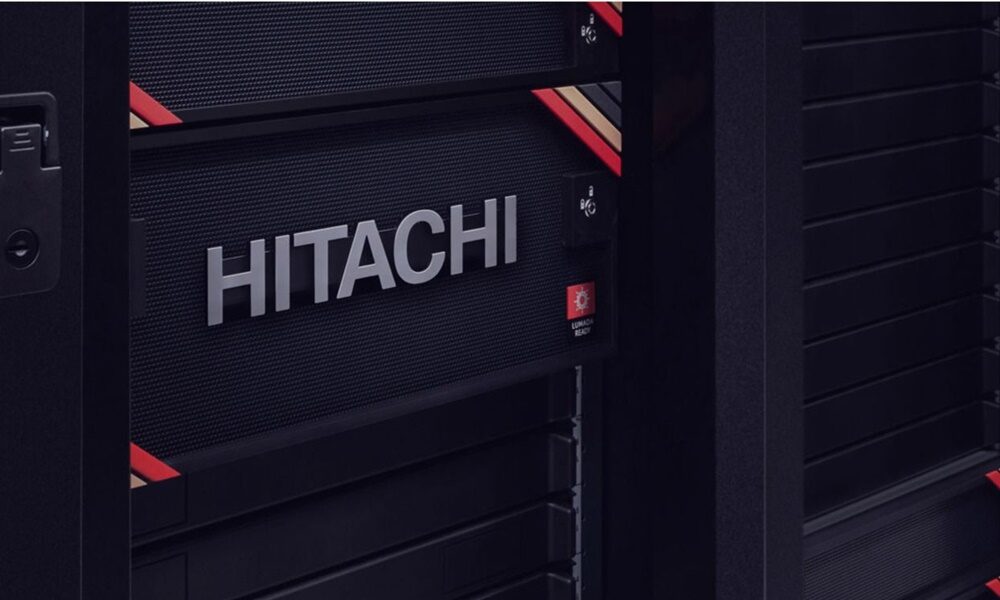
The planning and construction of data centers requires taking into account a myriad of requirements. It is not only necessary to take into account, therefore, the characteristics that this type of construction must have, or where they are built. It is also necessary to take into account the technology that will be used to develop its equipment, and of course the regulations and laws that it must comply with. Also the certificates that you can get based on its benefits and characteristics. One of these certifications is related to the standard ANSI/TIA-942 Telecommunications Infrastructure for Data Centers. A part of this standard deals with cataloging its reliability: the tier certification. It has several levels, range from Tier I to Tier IV. The latter is the most reliable and secure, as we will see below.
What is a Tier certification of a data center
Data center tiers are a standardized CPD classification system, whose mission is to indicate the level of reliability of the data center infrastructure. This classification catalogs its facilities with a Tier certification between I and IV. The I is the lowest, that is, the worst. The IV, the highestis the one identifies data centers that offer the highest level of performance and reliability.
This certification is granted by the Uptime Institute, an independent organization that is responsible for classifying data center facilities based on several factors. They are as follows: uptime warranty and the cost of the service. Also fault tolerance, in the sense of managing interruptions and problems. Both planned and unplanned.
This classification system provides an objective method of understanding how a particular data center performs. Of course, it is not a mandatory element, so not all data centers have an assigned Tier. But many ask for it because with an official certificate of this type they get quite a few advantages: they give more credibility to the installations, they generate trust, they attract potential clients and they also help when planning upgrades and expansions of the data center.
To achieve a Tier certification, those responsible for the center have to send plans of the facilities and certain specific documentation to the Uptime Institute. In this way they will get an official certification. But first, various representatives of the organization will visit the data center in person to inspect its operations, which they will take into account in granting certification.
What is taken into account to grant a Tier certification?
The exact system that the Uptime Institute uses to grant certification is unknown, but the metrics it uses to do so, that is, what it takes into account, are in the public domain. Thus, the organization takes into account the following factors: availability of the service and guarantee of operation, state of the energy and cooling infrastructure, the experience of the staff and the maintenance protocols, the cost of the service, operational sustainability, the capacity of meeting long-term business objectives, the time a facility adjusts to the arrival and setup of a new customer, data center security levels, and carrier neutrality.
Also they redundancy levels. That is, the duplication of critical components and their storage to be used as backup copies in case of failures or planned operational disruptions. The Tiers granting system does not require that they use any specific technology, nor that they use a specific type of facility design.
In this way, data center manufacturers and maintainers are free to choose between solutions that offer them the flexibility to meet their objectives. Thus, each data center can choose the best way to meet the standards and objectives of the different Tier degrees they want to achieve.
The different types of certification: from Tier I to Tier IV
In summary, the four possible Tier certifications for a data center issued by the Uptime Institute range from I to IV. They all refer to data centers with a single path for power and cooling (Tier I and II) or multiple paths (Tier III and IV). In addition, those with Tier I certification have no backup components and have an estimated annual uptime of 99.671%. Those with a Tier II certification have some backup components and some redundancies, as well as an uptime of 99.741% per year.
As for Tier III certified data centers, they have redundant systems that allow your staff to work on your setup without having to take the entire system offline. In addition, it has an annual operating time of 99.982%.
Finally, a Tier IV data center is completely fault tolerant, offering redundancy for each of its components, just like Tier III certified centers. In addition, it has a 99.995% annual uptime level. What does this mean? That the time it is not operational each year does not exceed 23.6 minutes. Therefore, the data centers that have this certification are the most expensive, but also the most secure for your information.
Characteristics of CPDs with Tier IV certification
Tier IV data centers are the most reliable of all those certified by the Uptime Institute. In addition to the features we have seen so far, this type of CPD has, like all Tier III, a backup solution that can keep it running in the event of a local or regional blackout.
One of the differences between Tier IV and Tier III centers is in the time they can be operational during an incident of this type in the event of a blackout. Tier III data centers can stay for a minimum of 72 hours, while Tier 4 certified data centers are capable of operating with this backup for a minimum of 96 hours. On the other hand, Tier IV CPDs have several isolated systems at a physical level that act as redundant components. Also as distribution routes.
In addition to this, all the components of a Tier IV CPD must have support of two generators, two UPS systems and two other cooling systems. As for the distribution route of the center, each one must be independent of the others. In this way, if there is a failure in one of them, it will not cause a domino effect that causes other components to fail. As for the power source of the Data Center, it must not be connected to any source external to it.
Tier IV Component Redundancy
One of the most important points of this type of data center is the physical separation that they have to have between the redundant components. In this way, if one of the components suffers a problem that makes it, for example, stop working, its redundant component will not be affected and will be able to work to replace it.
In these types of data centers, the redundancy between components can be of type 2N or 2N+1. The first implies that the installation has an independent system completely copied from the original. This system is independent of the first and is always on standby waiting for problems. If something happens to a primary component, an identical replica of the backup starts working immediately to ensure that the primary component’s operations continue.
As for the 2N+1 redundancy model, it offers the same operational capacity as one with the 2N model, plus an additional backup component in case there is a failure when a secondary system is operational. It is, therefore, a facility that offers practically total security in terms of availability, access and integrity of the data.



